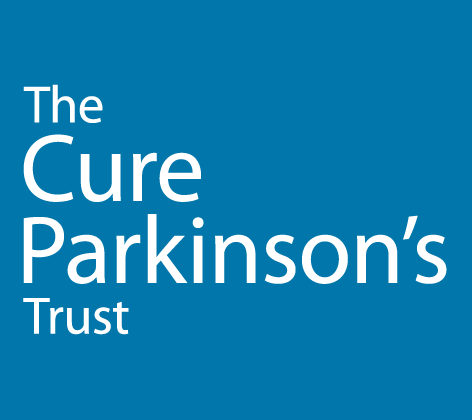Click the play button for the audio version of this Research Summary

Roadmap toward therapies targeting alpha synuclein
The takeaway
Experts from academia and industry have produced the first consensus white paper to guide the discovery of safe and effective therapies targeting alpha synuclein, aimed at disease modification for Parkinson’s.
Why is it important?
%
IMPACT
- Novelty 80%
- Proximity 70%
- Deliverability 65%
Impact Opinion
Background
Alpha synuclein, the protein which when misfolded causes damage to neurons, is one of the most promising targets to slow or stop the progression of Parkinson’s. Alpha synuclein clusters together, forming dense aggregates called Lewy bodies, which are often seen in the brains of people who had Parkinson’s. We also know that mutations in its gene, SNCA, cause heritable Parkinson’s and some variants increase the risk for 90% of cases. But what is best strategy in this ambitious and complex quest for a disease modifying game changer? How will we find therapies that engage alpha synuclein in the brain, and stop it from damaging neurons, both safely and effectively in terms of reducing or preventing symptoms? Leaders in Parkinson’s research from academia and industry convened to form the Alpha Synuclein Clinical Path Working Group, an initiative of The Michael J. Fox Foundation for Parkinson’s Research, to produce a guiding framework for future research efforts toward this critical goal.
The details
1) target engagement: that indicates that any intervention/drug gets to where it needs to be and engages with its biological target.
2) whether a biological response has occurred in the body
3) disease monitoring, with consecutive measurements, will help establish two important milestones that relate to the level of confidence in data coming in at different decision points: first, Proof of Principle (PoP) is achieved when a biomarker indicates the intervention changes the underlying biology of Parkinson’s in humans (for example, misfolded alpha synuclein). Building on this, Proof of Concept (PoC) may be achieved by evidence of a clinical response in a larger population in people with Parkinson’s, on the basis of a data and a clinical response generated in humans. Key considerations for the transition from PoP to PoC here are ensuring that the effects observed are truly disease modifying rather than symptom alleviating, determining the patient groups with whom these studies are to be conducted, and considering those in prodromal phases as well, and deciphering what the most meaningful clinical endpoint may be – for example, how is the cut off for a meaningful change in UPDRS motor score or other outcome measure best determined? This and other issues pertaining to adaptive trial designs and more advanced statistical methods are essential to optimise.
4) whether the therapeutic is safe, through monitoring potential toxicity.
The authors emphasise the need for using the same biomarkers and endpoints to allow maximal comparability and consistency, as investigations progress through the translational pipeline, that is from cells to animal models of Parkinson’s that aim to recreate the condition, to humans. In this process, the authors acknowledge that no existing animal model is perfect in this sense, and the strengths and limitations of each are discussed. Although most of these animal models are in rodents, newer models in non-human primates are being developed which remain to be full characterized but have the potential for real contribution to these efforts.
How do we establish target engagement? Therapies targeting alpha-synuclein should lead to a reduction in deposits, and this is an important Proof of Principle endpoint. It is recommended that prior to moving to a larger trial in people with Parkinson’s, the dose required to bring about a measurable reduction in alpha synuclein deposits should first be established through a smaller study in the same population. An important open question concerns the species, or kind of alpha synuclein, which existing methods detect. MJFF has launched two initiatives to validate and compare these methods through the work of the Investigating Synuclein Consortium and LEAPS (Linked Efforts to Accelerate Parkinson’s Solutions).
The authors go on to review other investigations such as brain imaging, heart scanning, and sampling tissue from around including the colon and salivary gland in which alpha synuclein has also been found. Although at the moment, there is no imaging marker that can measure treatment effectiveness, some of these can help establish whether a drug crosses from the blood into brain (as not all molecules can) and subsequently target engagement, which can be useful in Proof of Concept studies in people with Parkinson’s. Given the intrinsic variability of Parkinson’s, these experts also review mobile technologies for continuous remote symptom monitoring, but report the need for studies that utilize meaningful endpoints and track meaningful symptoms. Only 5% of the 850 published studies actually used technologies that were available or soon to be on the market. They do however recommend the use of these technologies in all future trials and set out further recommendations for their use.



